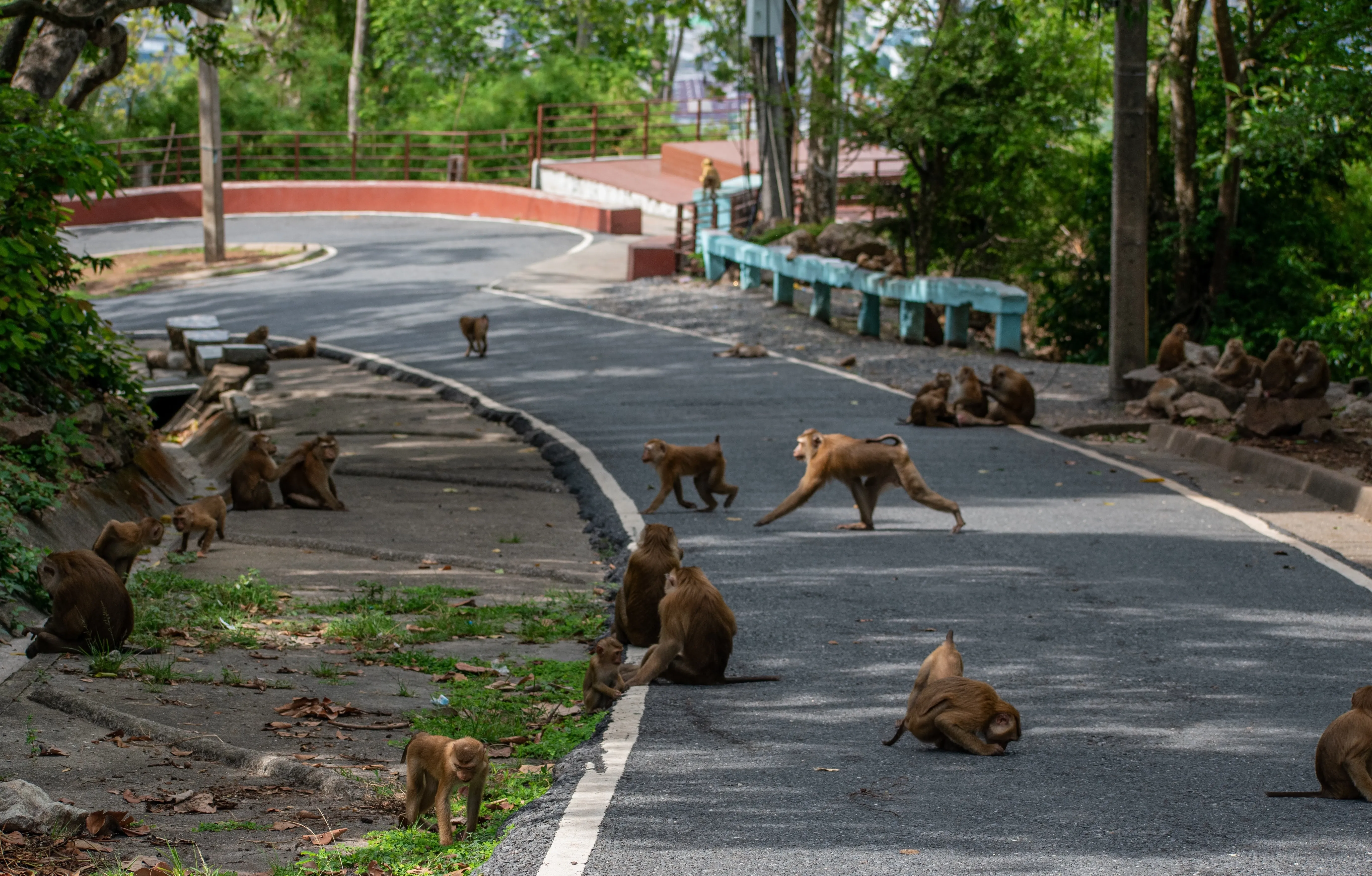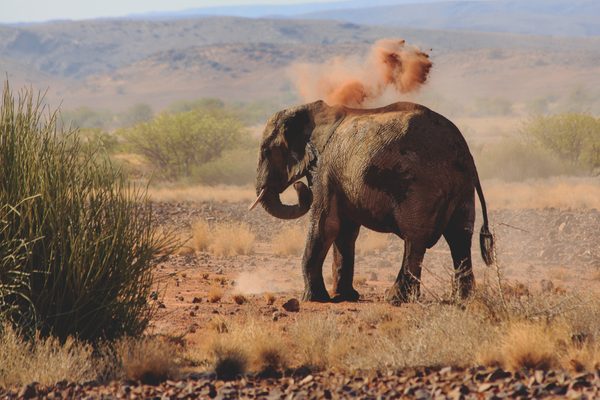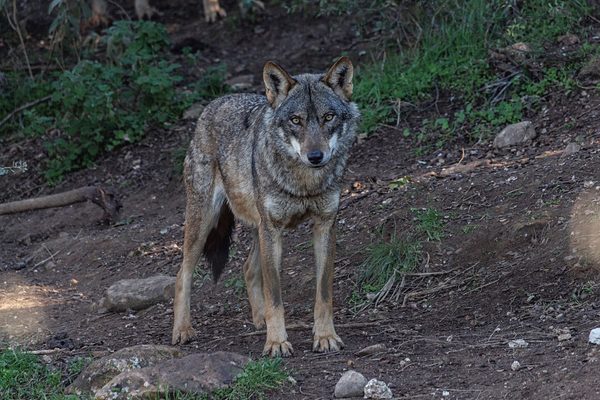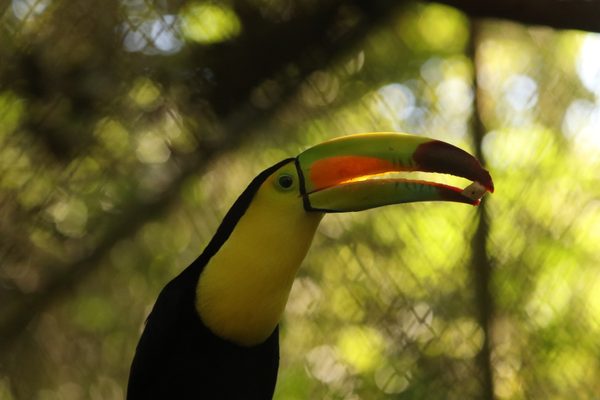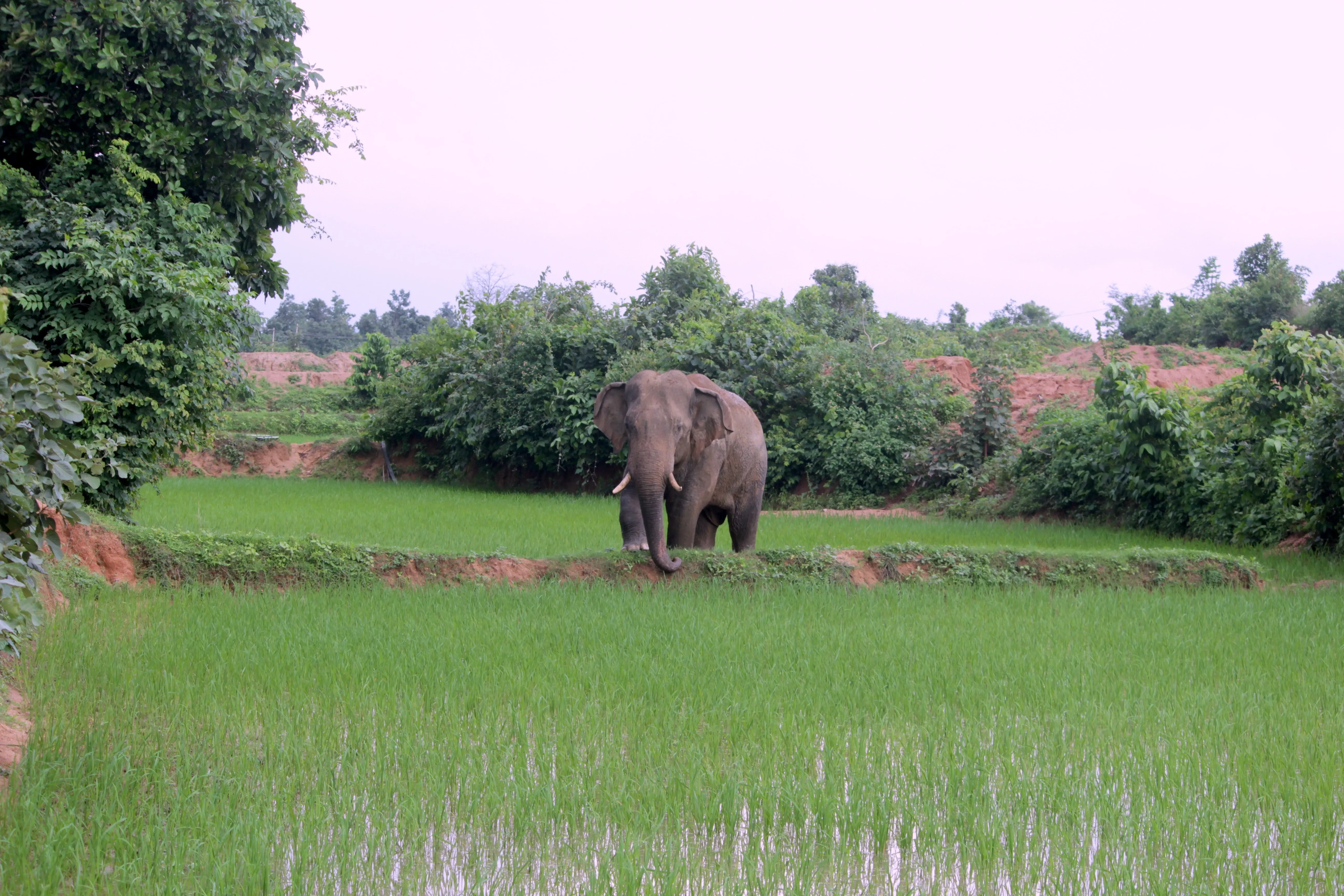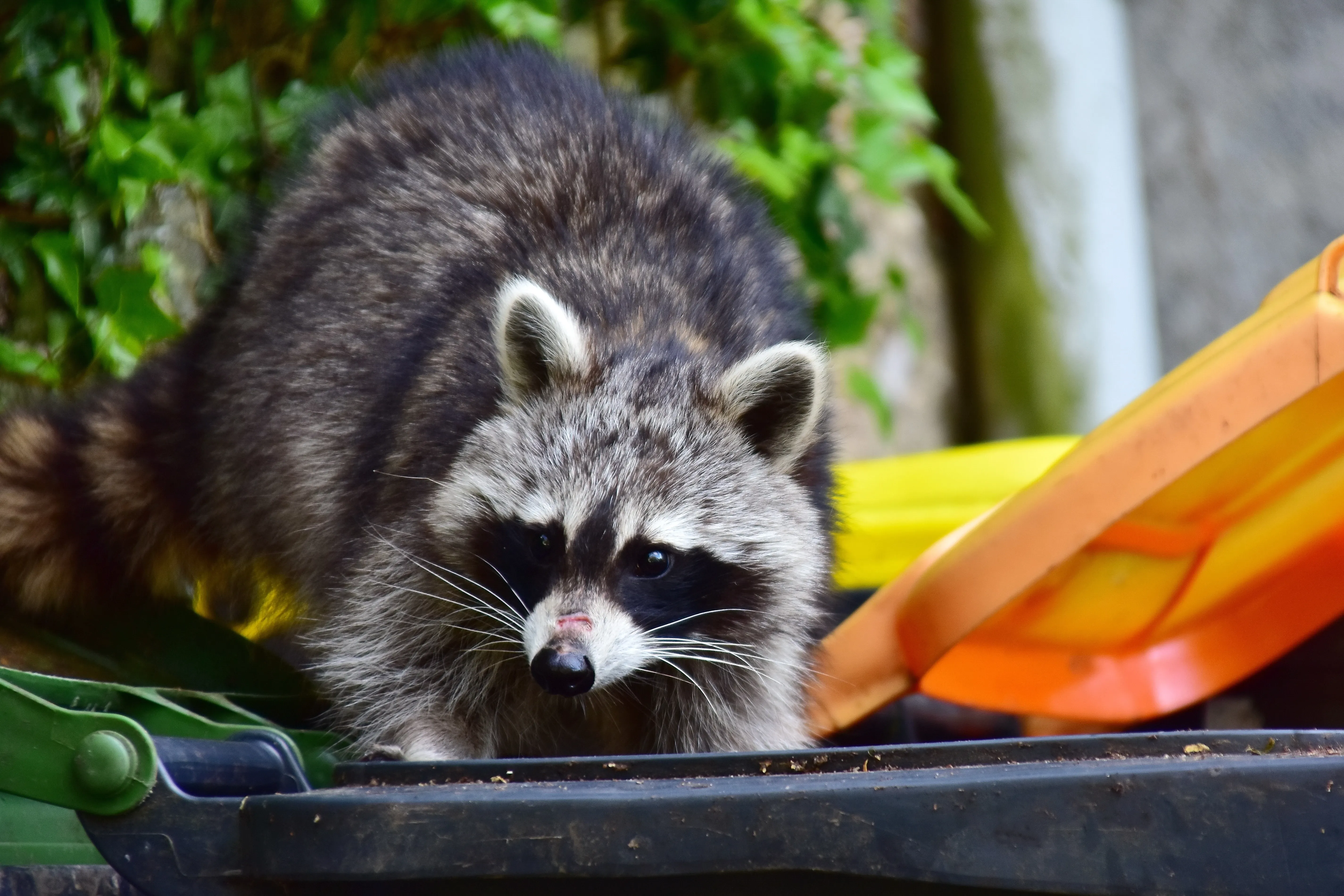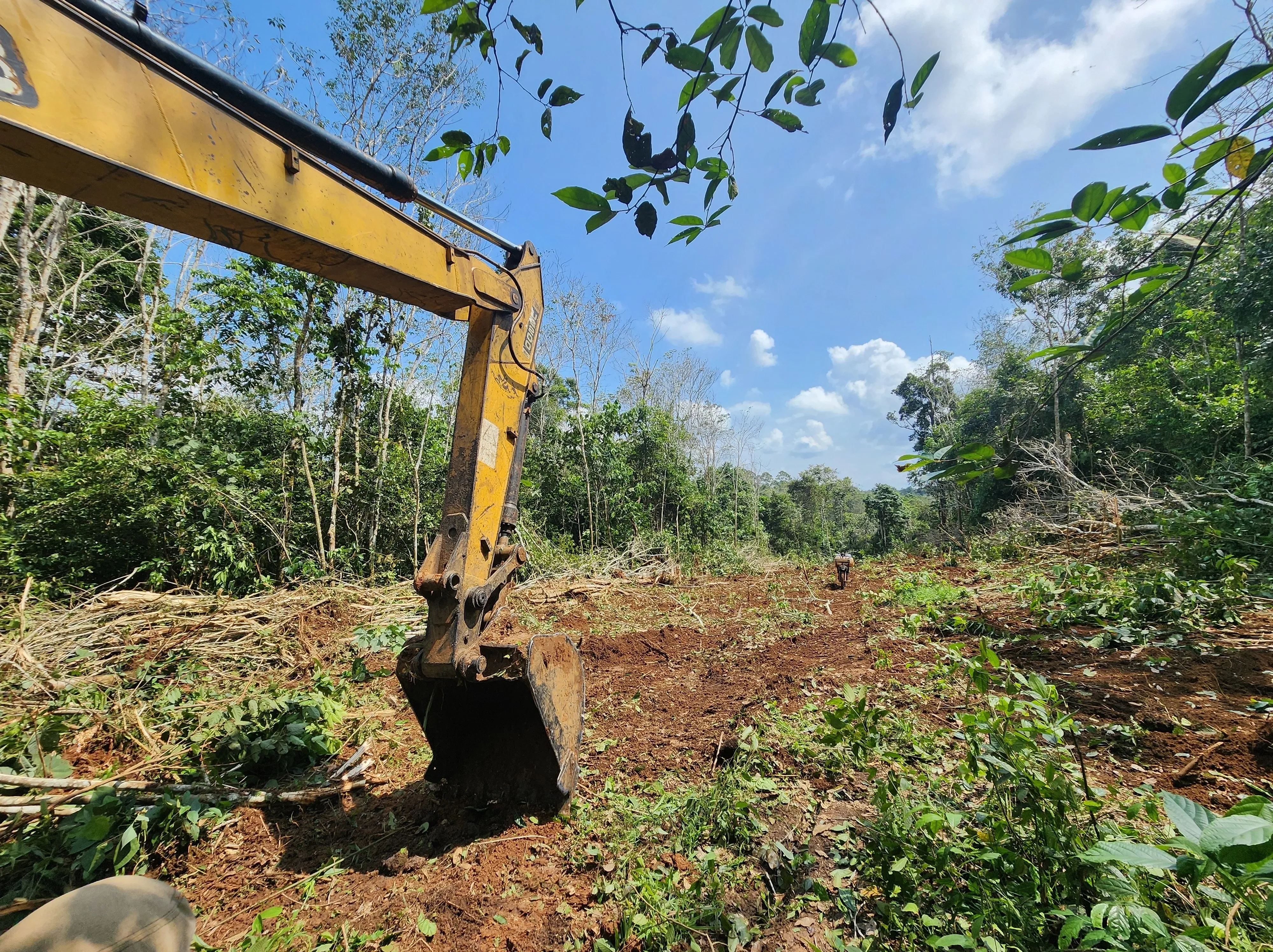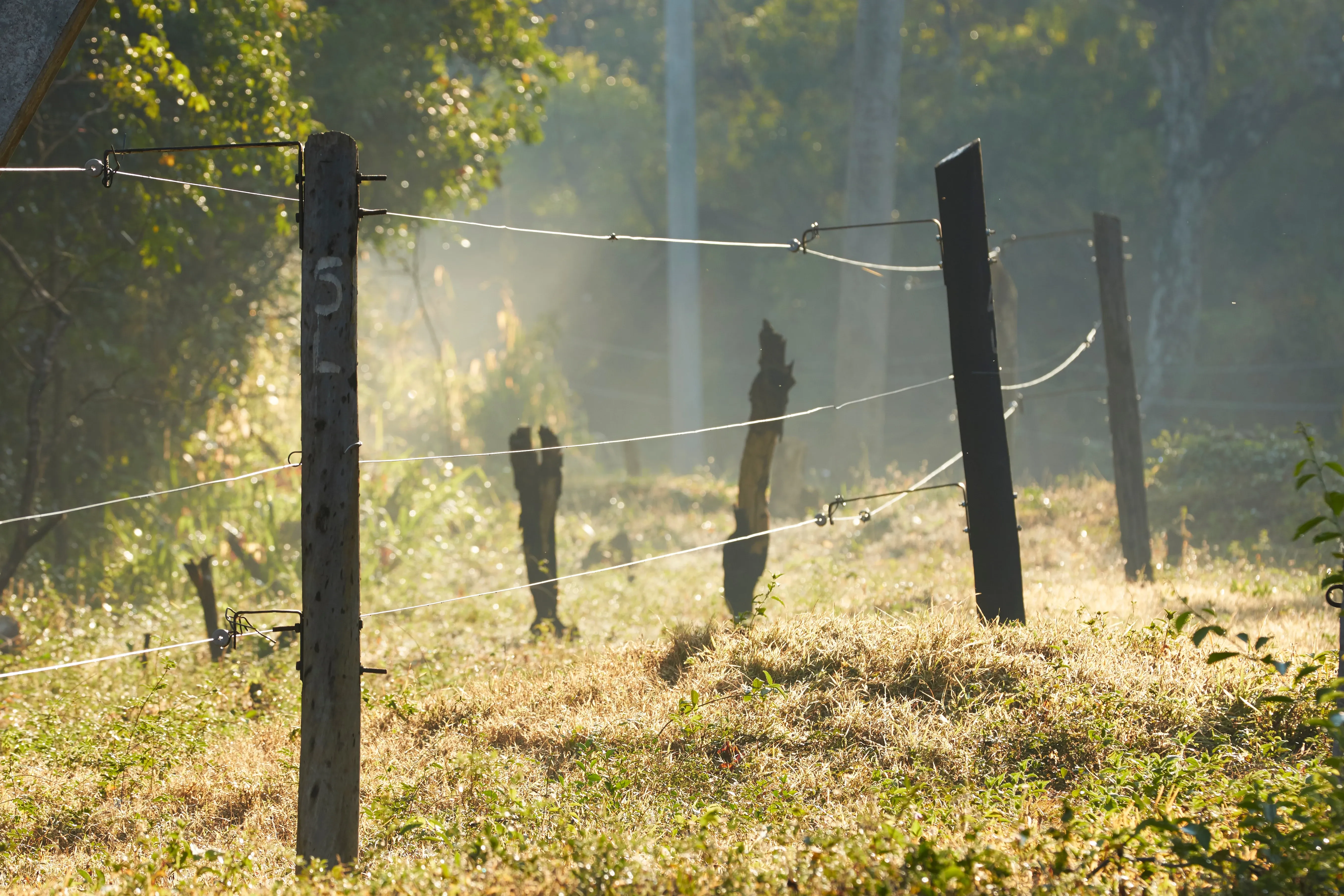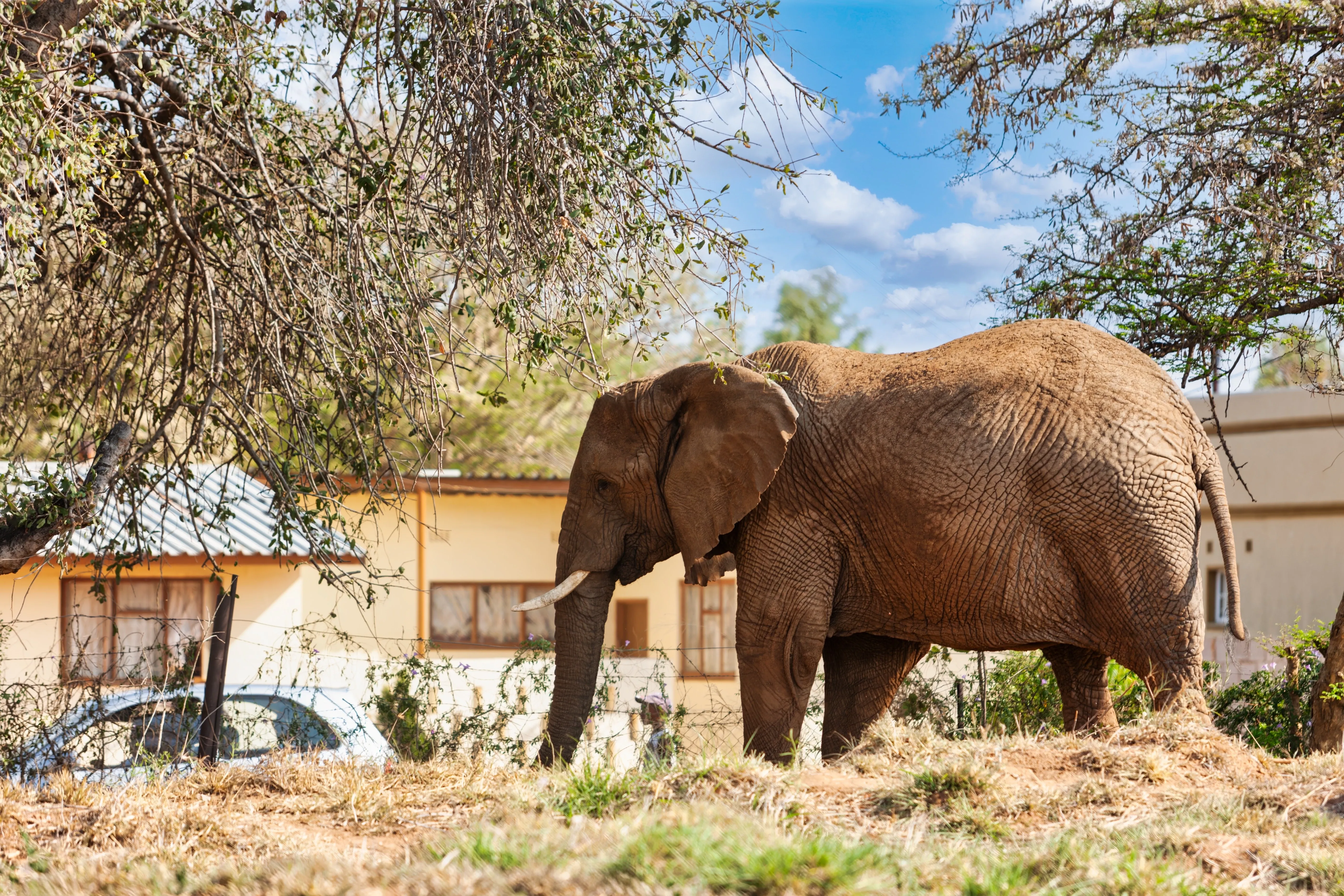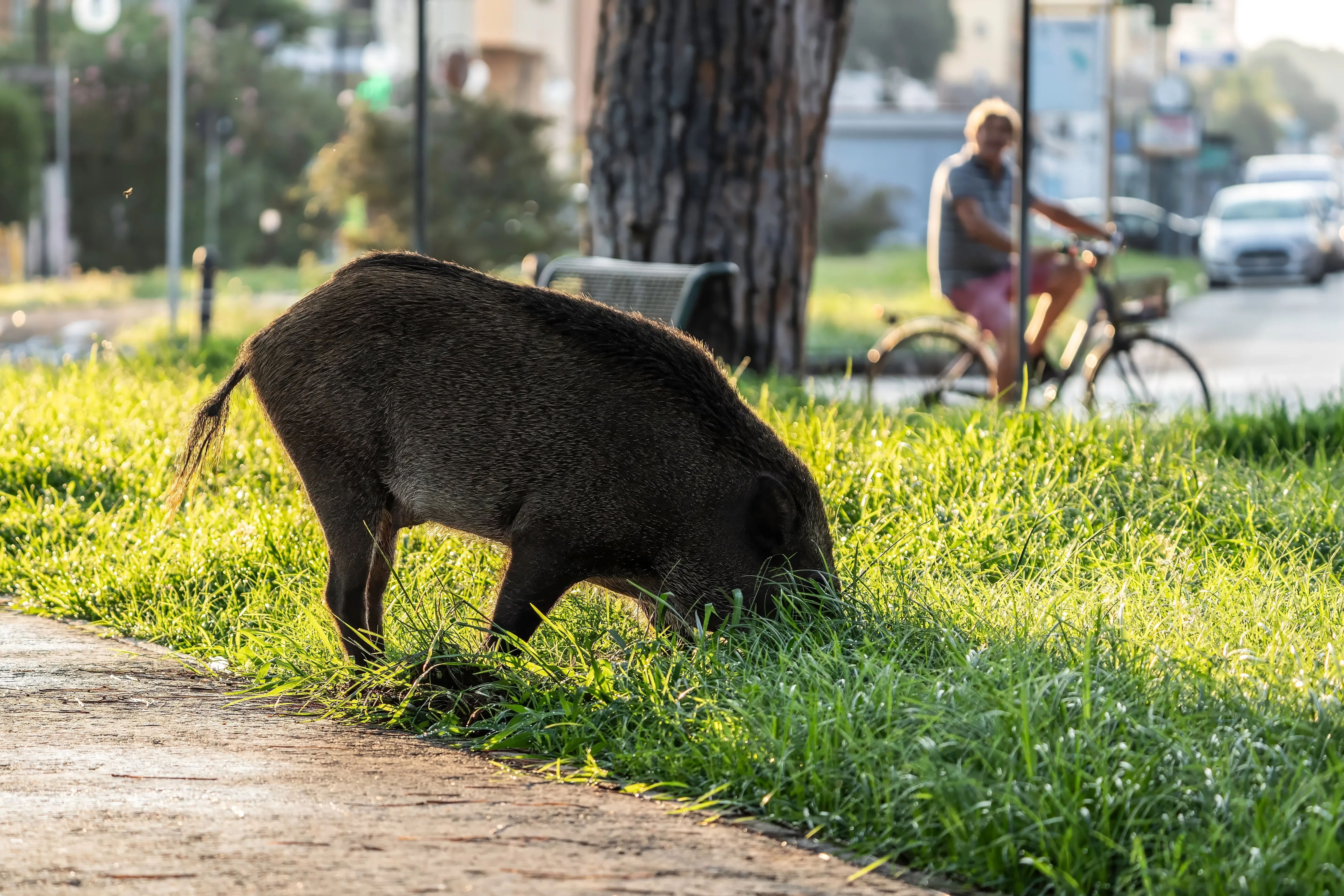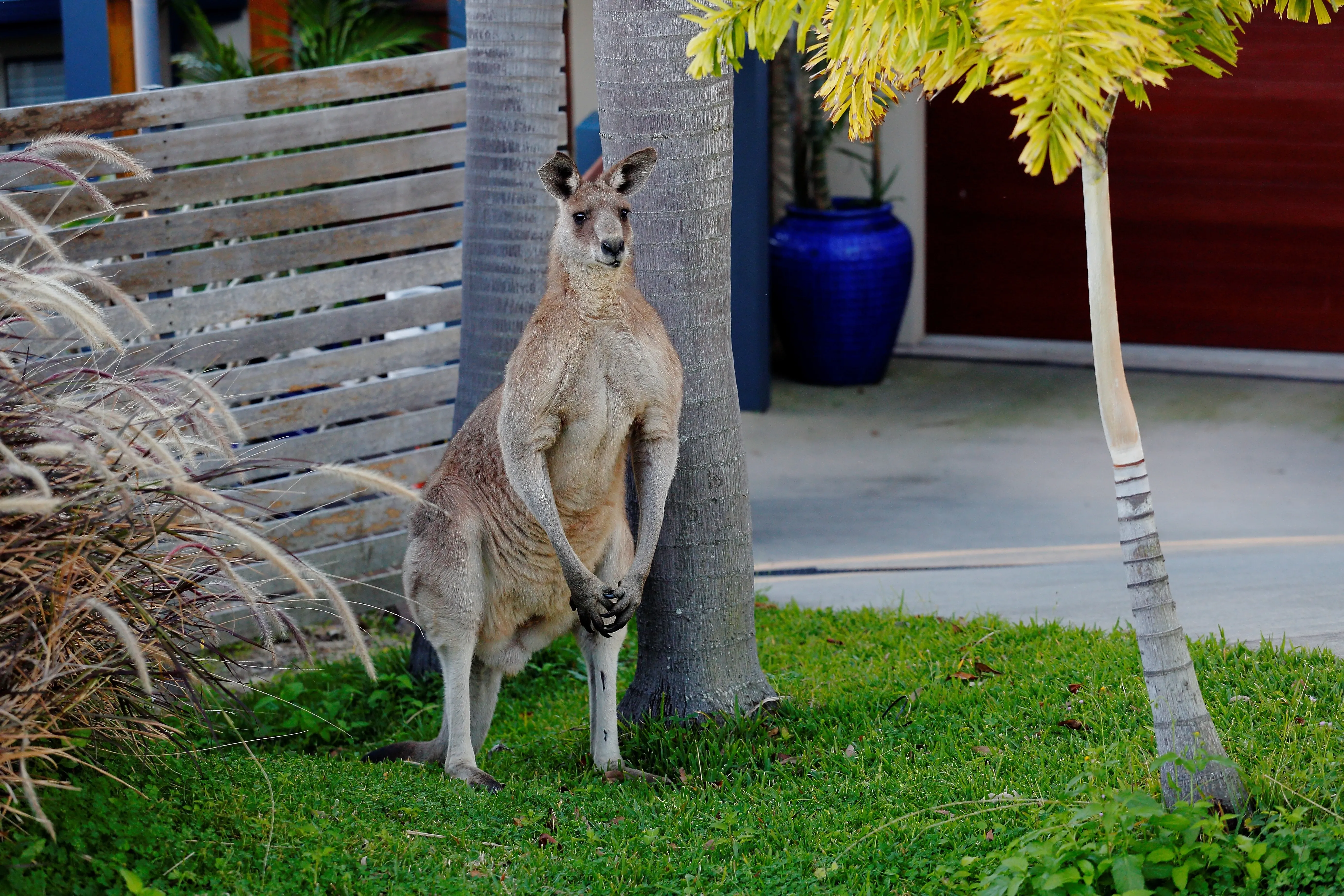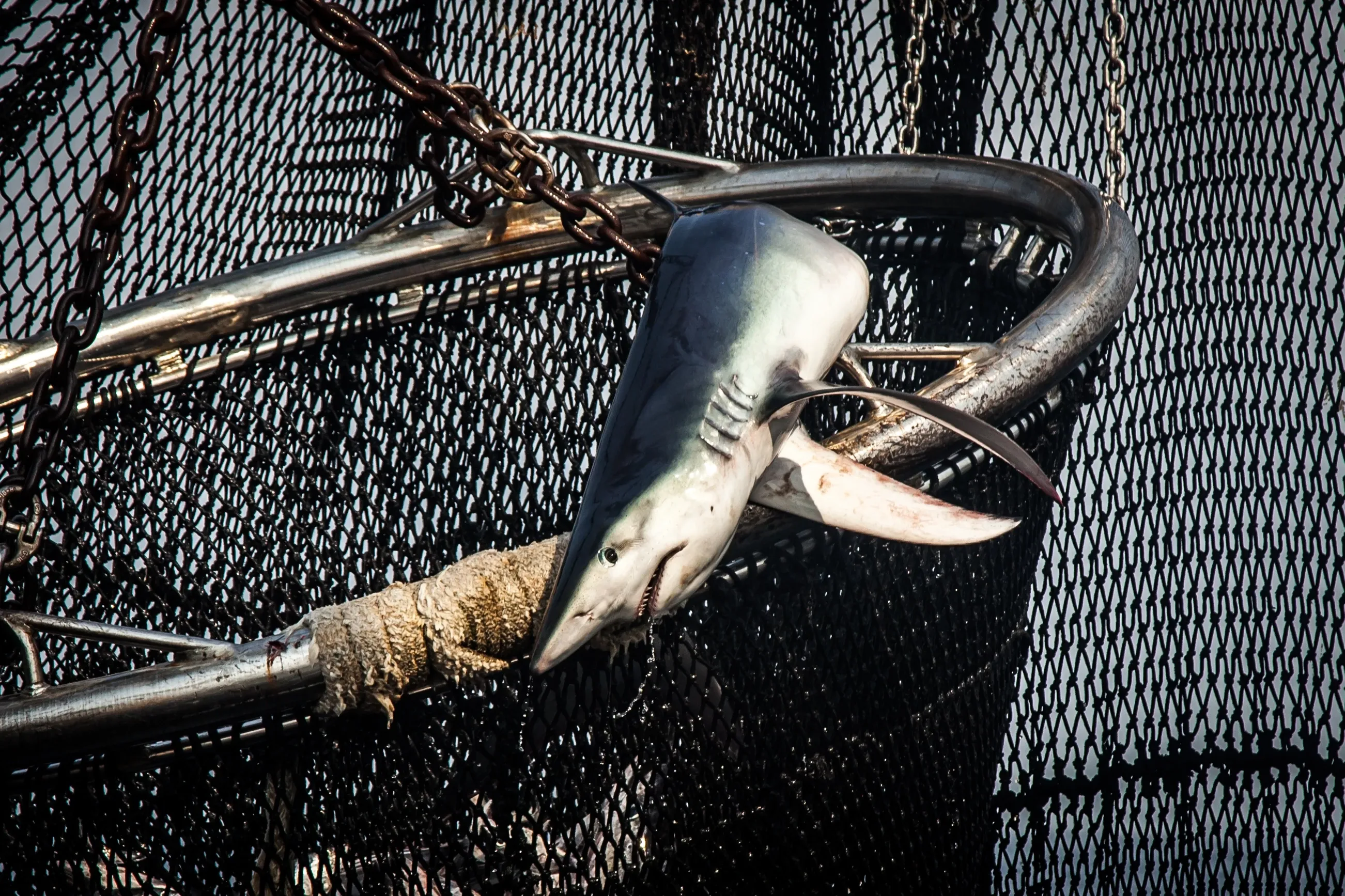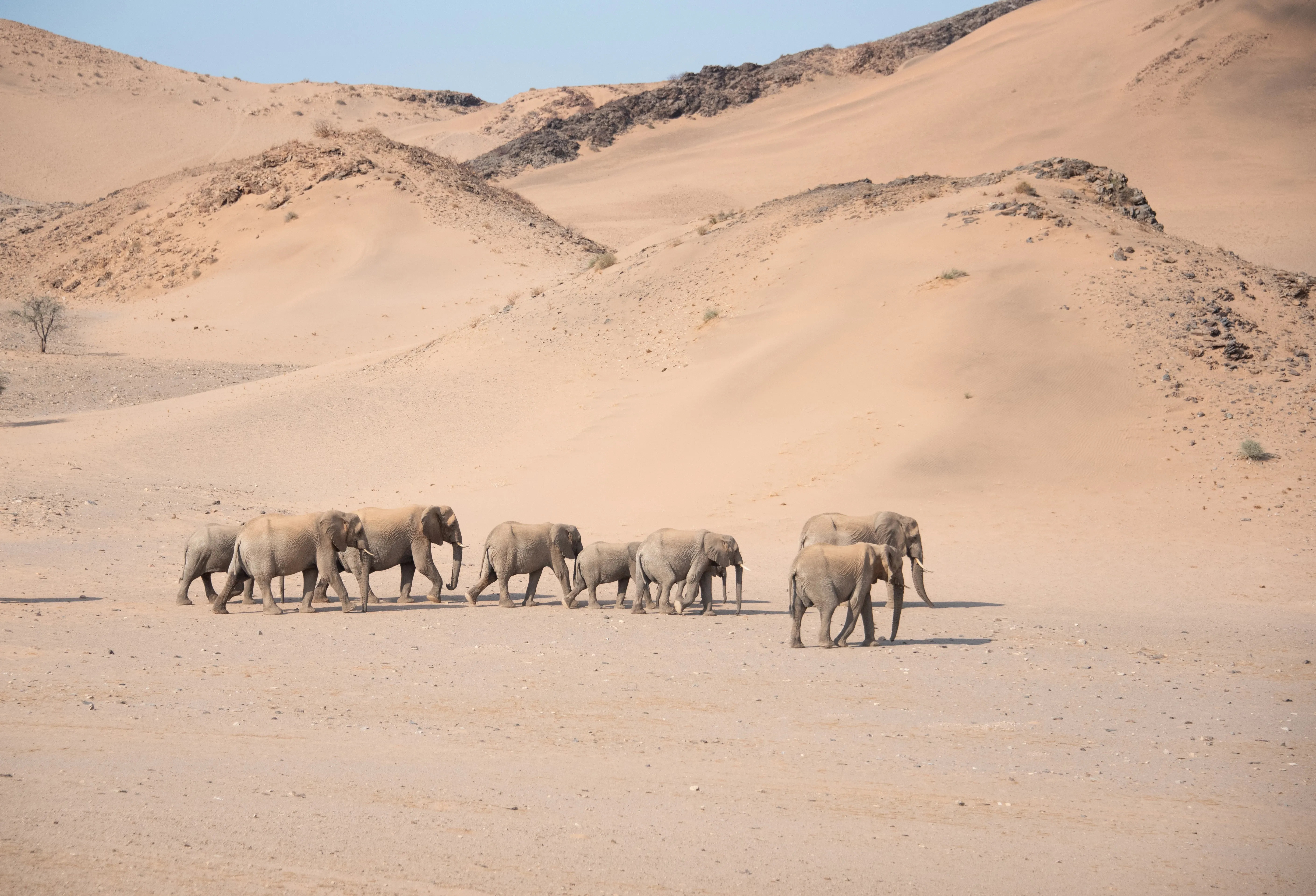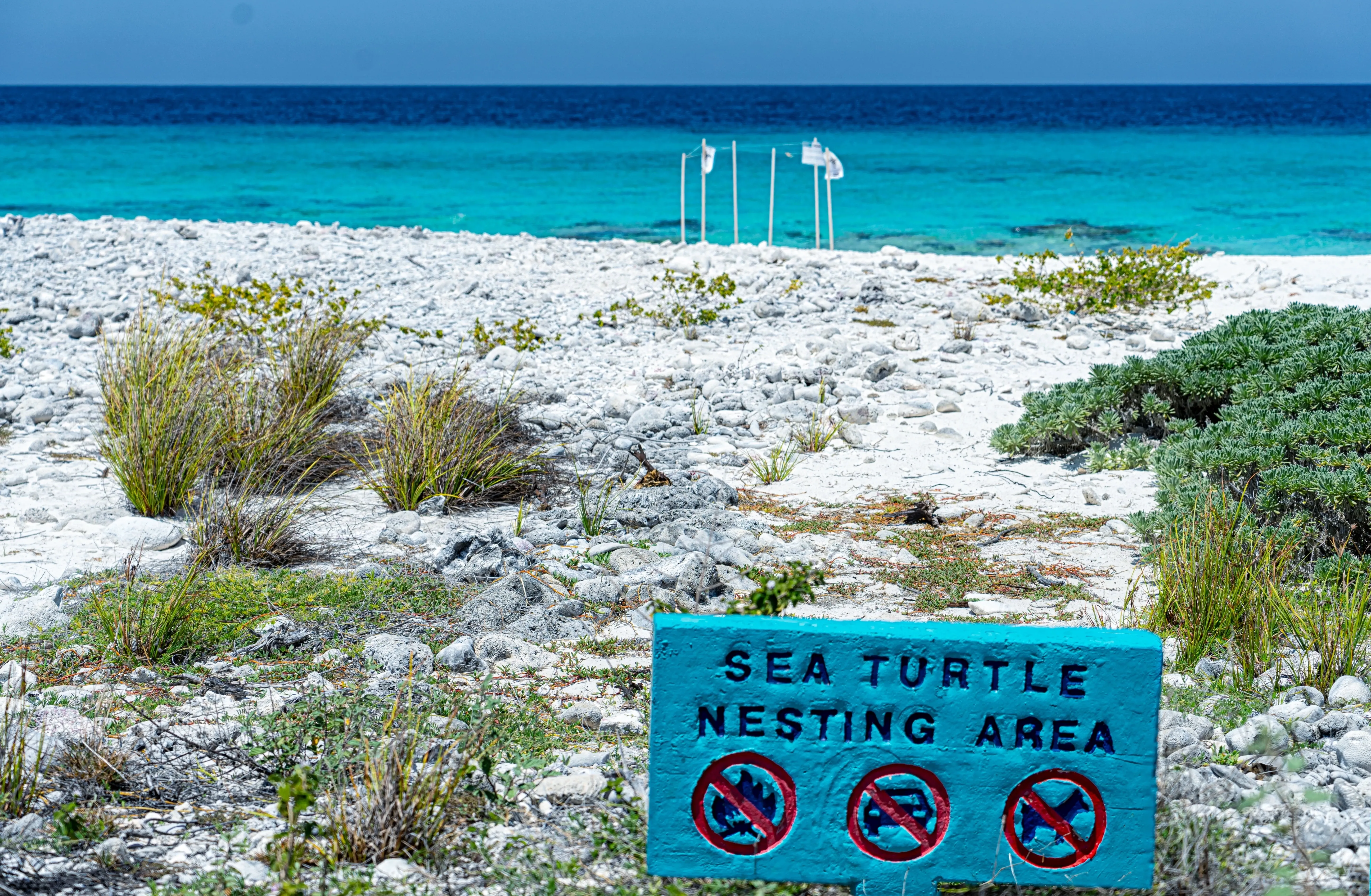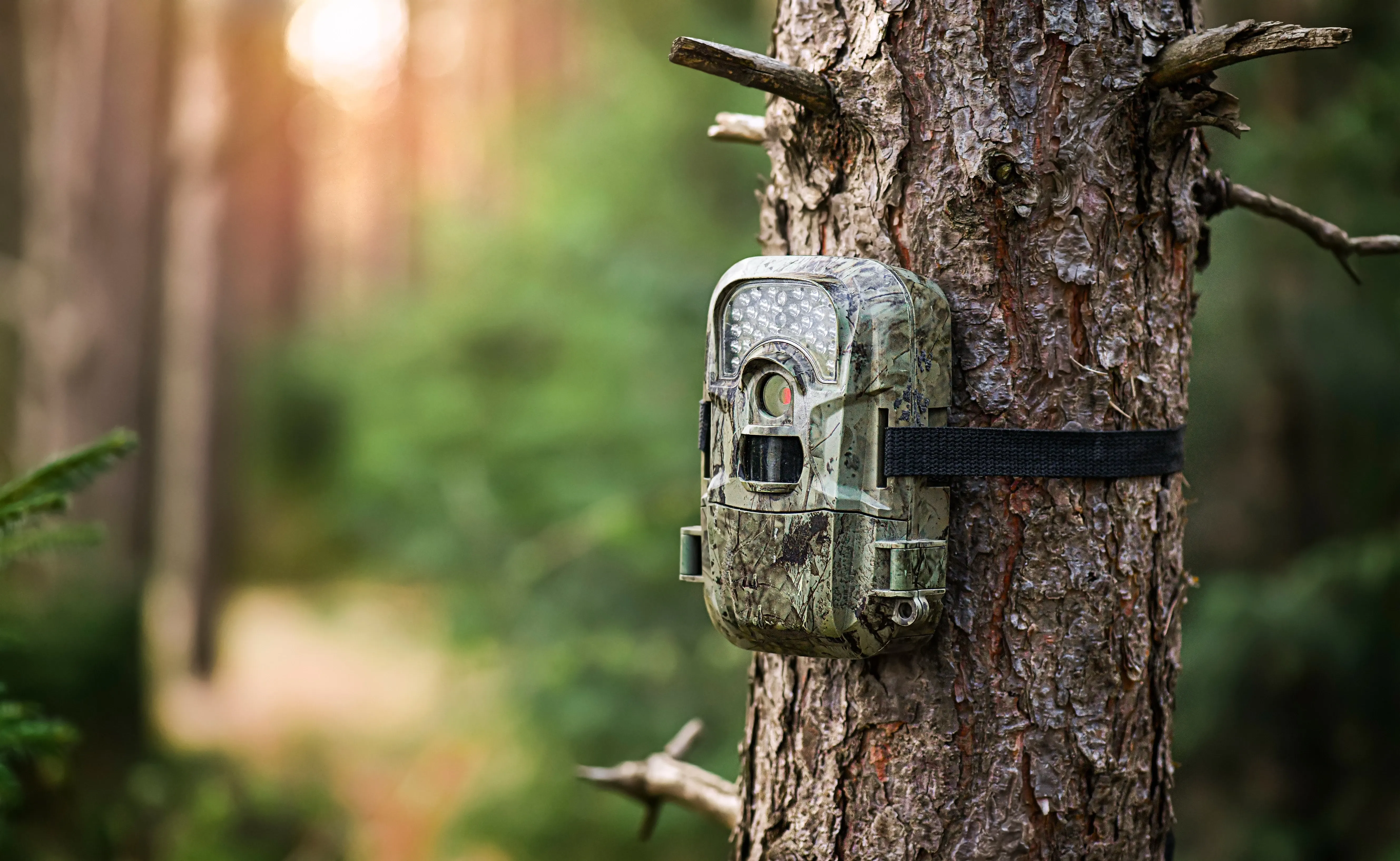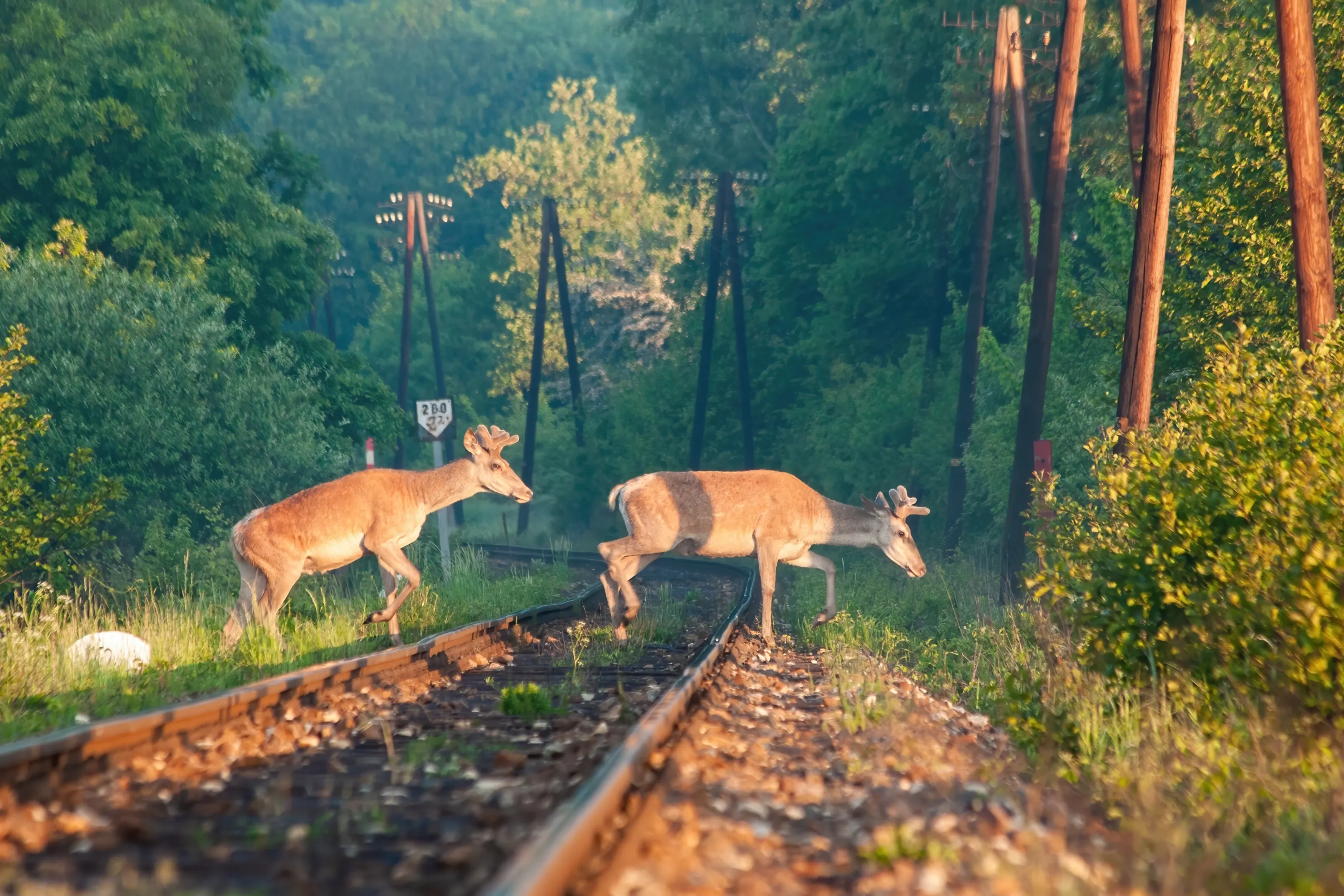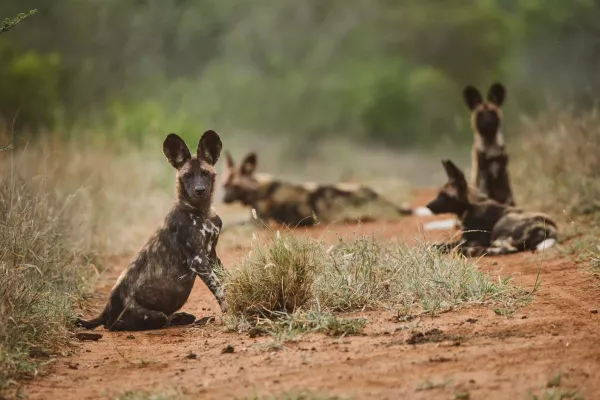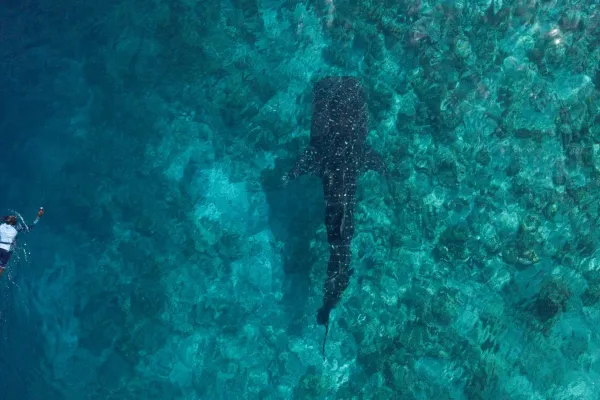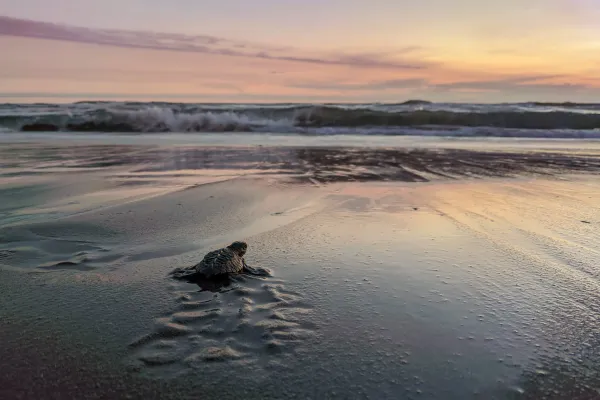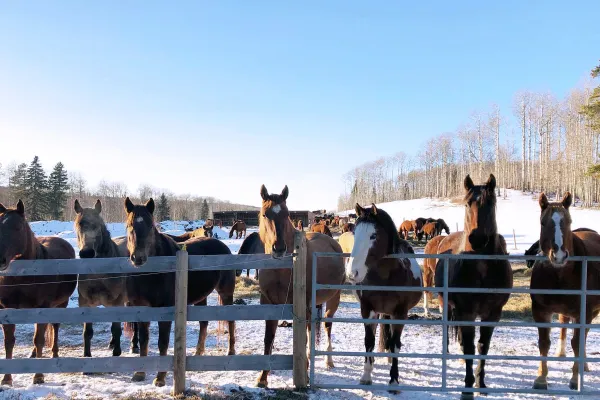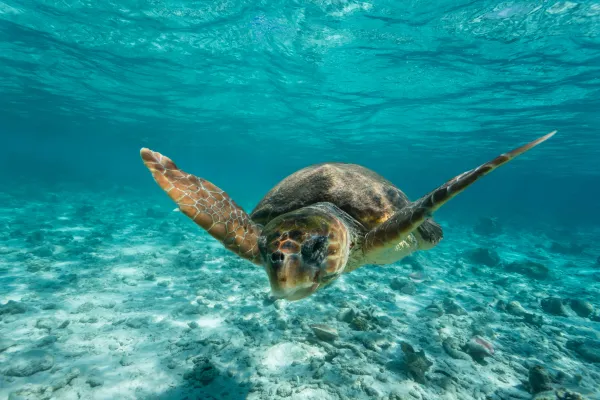Conscious Travel: Human-wildlife conflicts
As urban areas expand and natural habitats shrink, the intersection between human activity and wildlife increasingly becomes a site of conflict. Encounters between people and animals can lead to devastating consequences for both, including property damage, injury, and the displacement of wildlife.
These conflicts often arise from a complex interplay of environmental, economic, and social factors, reflecting our growing need to coexist with the diverse species that share our planet. Understanding the history of human-wildlife conflict is crucial for addressing the challenges we face today.
By recognizing how these conflicts have evolved and the underlying causes, we can develop effective strategies that promote coexistence. Let’s take a deeper look in this article:
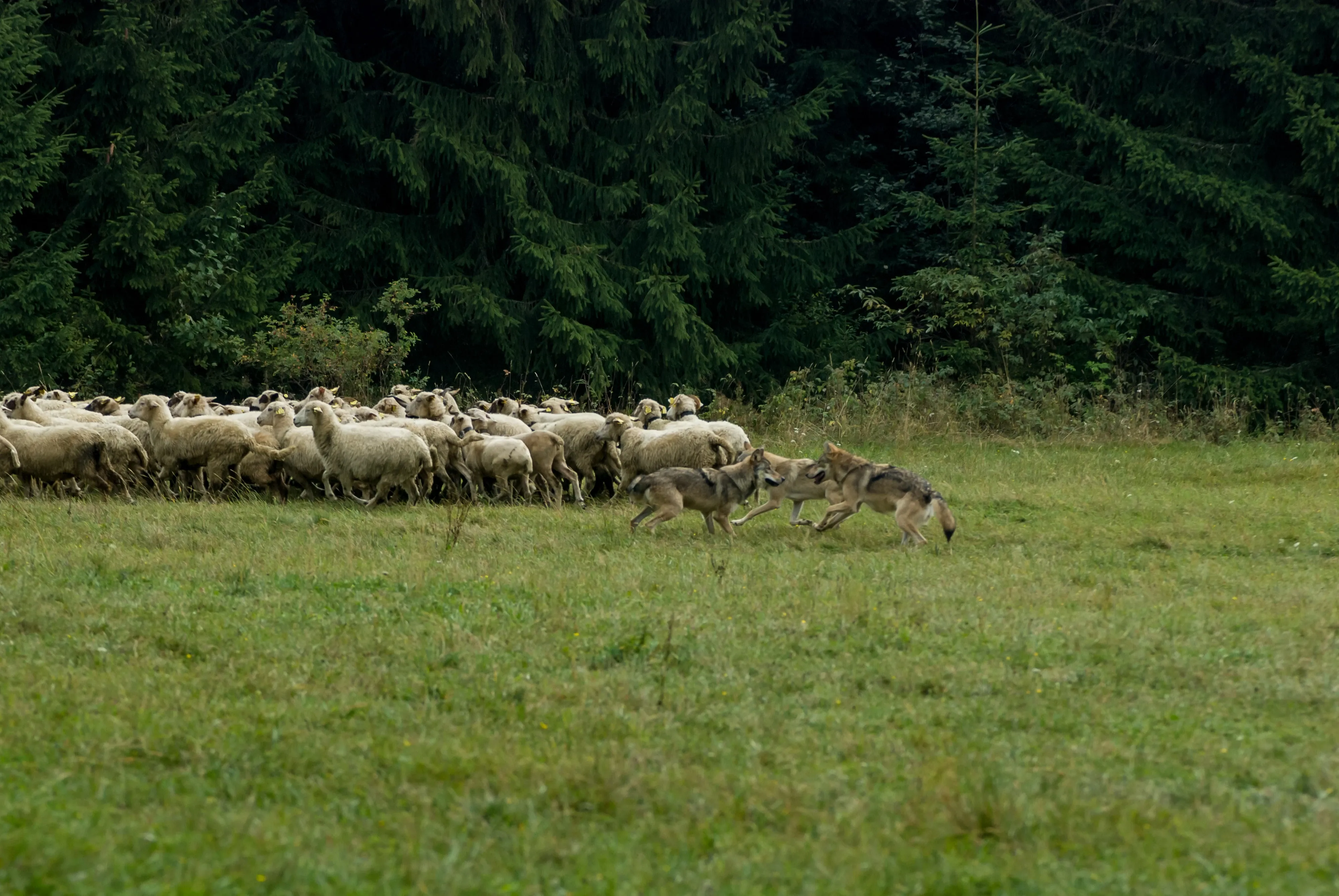
Understanding human-wildlife conflict
Human-wildlife conflict refers to the interactions between humans and wildlife that result in negative consequences for both parties. This phenomenon has a long history, dating back to the dawn of agriculture when early humans began to settle in one place and cultivate land. As human populations expanded into natural habitats, encounters with wildlife became more common, often threatening both livelihoods and wildlife conservation efforts.
Historically, human-wildlife conflicts have emerged in regions where wildlife intrudes upon human settlements or agricultural lands, leading to damage to crops, livestock, and property. As human populations continue to grow and settlements expand, these conflicts are becoming increasingly prevalent.
For instance, elephants in rural communities across Asia and Africa often raid crops, while predators such as wolves in Europe and coyotes in North America threaten livestock. These incidents not only create economic losses for farmers but can also lead to retaliatory actions against wildlife, further endangering certain species.
At the heart of this issue is habitat loss. As urban areas expand, forests are cleared, and agricultural lands spread, wildlife is left with fewer options for food and shelter. This encroachment drives animals into closer proximity to human populations, intensifying the likelihood of conflict. Additionally, certain wildlife species may thrive in these altered environments, leading to overpopulation in some areas, which further exacerbates the problem.
The consequences of human-wildlife conflict are significant and multifaceted. Economically, communities may suffer from reduced agricultural yields and losses in livestock, leading to financial strain and food insecurity. This economic hardship often results in heightened tension within communities, as the livelihoods of farmers and livestock owners are jeopardized.
Instead of being viewed as valuable components of our ecosystem, wildlife may be seen as threats to safety and sustenance. This creates a vicious cycle, where the perception of wildlife as a danger leads to more conflict and further endangers the very species that are critical for maintaining ecological balance.
The main issues of human-wildlife conflict
Let’s examine the complex issues of human-wildlife conflict from both human and wildlife perspectives to understand how we can raise awareness and support proactive initiatives.
1. Economic impacts on communities and wildlife
Human communities face significant economic burdens due to wildlife interference. Farmers suffer substantial losses from crop damage caused by animals such as elephants, deer, and monkeys, while livestock predation by carnivores like pumas, leopards, wild dogs and foxes can lead to diminished income and financial instability. For wildlife, economic activities driven by human needs result in habitat loss and increased conflict, as they are forced into smaller territories in search of food and shelter. This cycle often leads to their persecution or removal.
2. Food insecurity for humans and wildlife
As agricultural yields decline due to wildlife interference, food insecurity becomes a pressing issue for human communities reliant on farming for sustenance. This struggle can lead to malnutrition and health complications. Simultaneously, wildlife faces diminishing food sources as their natural diets are disrupted by habitat destruction. Species dependent on specific plants or animals may find it increasingly difficult to survive, threatening entire populations.
3. Safety concerns for both parties
Interactions between humans and wildlife pose direct safety threats. Encounters with large mammals, such as bears, jaguars, lions and elephants, can result in injuries or fatalities for humans and wildlife. For wildlife, the presence of humans can create fear and stress, leading to altered behaviours and increased mortality rates from vehicle collisions or direct confrontations. This mutual threat underscores the urgent need for strategies that enhance safety for both communities and wildlife.
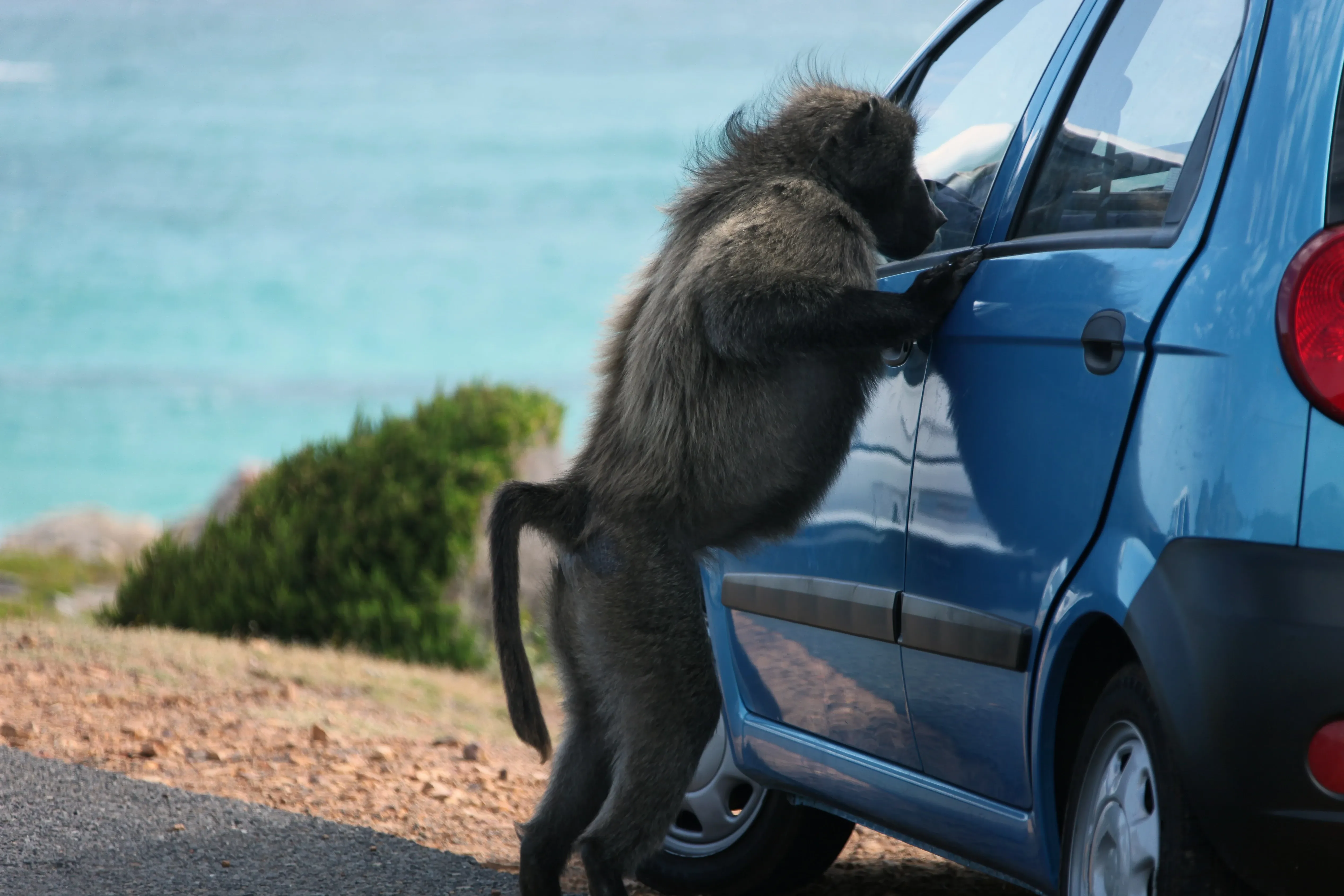
4. Cultural and social tensions
Human-wildlife conflict often breeds cultural and social tensions within communities. As wildlife is viewed as a threat to livelihoods, negative attitudes toward conservation efforts can develop, undermining initiatives aimed at protecting endangered species and their habitats. Conversely, wildlife communities also experience disruption as their social structures are threatened by human activities, leading to instability and increased stress.
5. Biodiversity loss impacting ecosystems
The most critical consequence of human-wildlife conflict is its impact on biodiversity. Human activities driving wildlife into conflict contribute to the decline of already threatened species, disrupting ecosystems and the vital services they provide.
For example, bees and other pollinators are essential for food production, while birds play key roles in pest control and seed dispersal. Larger species, help maintain ecological balances by feeding on either plant material, vegetation clearance, or the regulation of old and sick animals. Retaliatory killings, habitat encroachment, and loss of genetic diversity all contribute to diminishing wildlife populations, threatening the ecological balance essential for the health of our planet.
6. Habitat destruction and its consequences
The continuous expansion of urban areas and agricultural land leads to significant habitat destruction, a major driver of human-wildlife conflict. As natural habitats become fragmented, wildlife is pushed into smaller areas, increasing the likelihood of encounters with humans. This not only jeopardizes wildlife survival but also diminishes the overall health of ecosystems, impacting the resources and services that humans depend on..
Opportunities for coexistence in human-wildlife conflicts
Despite the challenges posed by human-wildlife conflict, numerous opportunities exist for fostering coexistence and collaboration. By implementing effective strategies for conflict mitigation and engaging with local communities, we can prioritize wildlife protection while promoting human well-being.
#1 Understanding wildlife behaviour
A fundamental step toward coexistence is fostering a better understanding of wildlife behaviour. Education and awareness programs can help communities learn about local wildlife species, their habits, and their roles in the ecosystem. By understanding when and where wildlife is likely to venture into human-populated areas, communities can implement proactive measures to reduce conflict, such as adjusting farming practices or securing waste to deter animals from foraging.
#2 Community engagement in human-wildlife conflicts
Engaging local communities in conservation efforts is crucial for creating mindful solutions. These communities, having lived alongside wildlife for decades, possess invaluable knowledge about local ecosystems and wildlife behaviour.
For example, programs that promote eco-tourism can provide economic incentives for communities to protect wildlife and their habitats, transforming potential conflicts into opportunities for income generation.
#3 Sustainable land use practices to reduce human-wildlife conflict
Implementing sustainable agricultural and land-use practices can significantly reduce human-wildlife conflict. Techniques such as agroforestry, organic farming, and crop rotation can enhance biodiversity while minimizing habitat destruction. Additionally, the use of wildlife-friendly fencing and buffer zones can protect crops and livestock without harming local wildlife. Educating farmers about non-lethal deterrents, like noise devices or guard animals, can help safeguard their livelihoods while preserving wildlife.
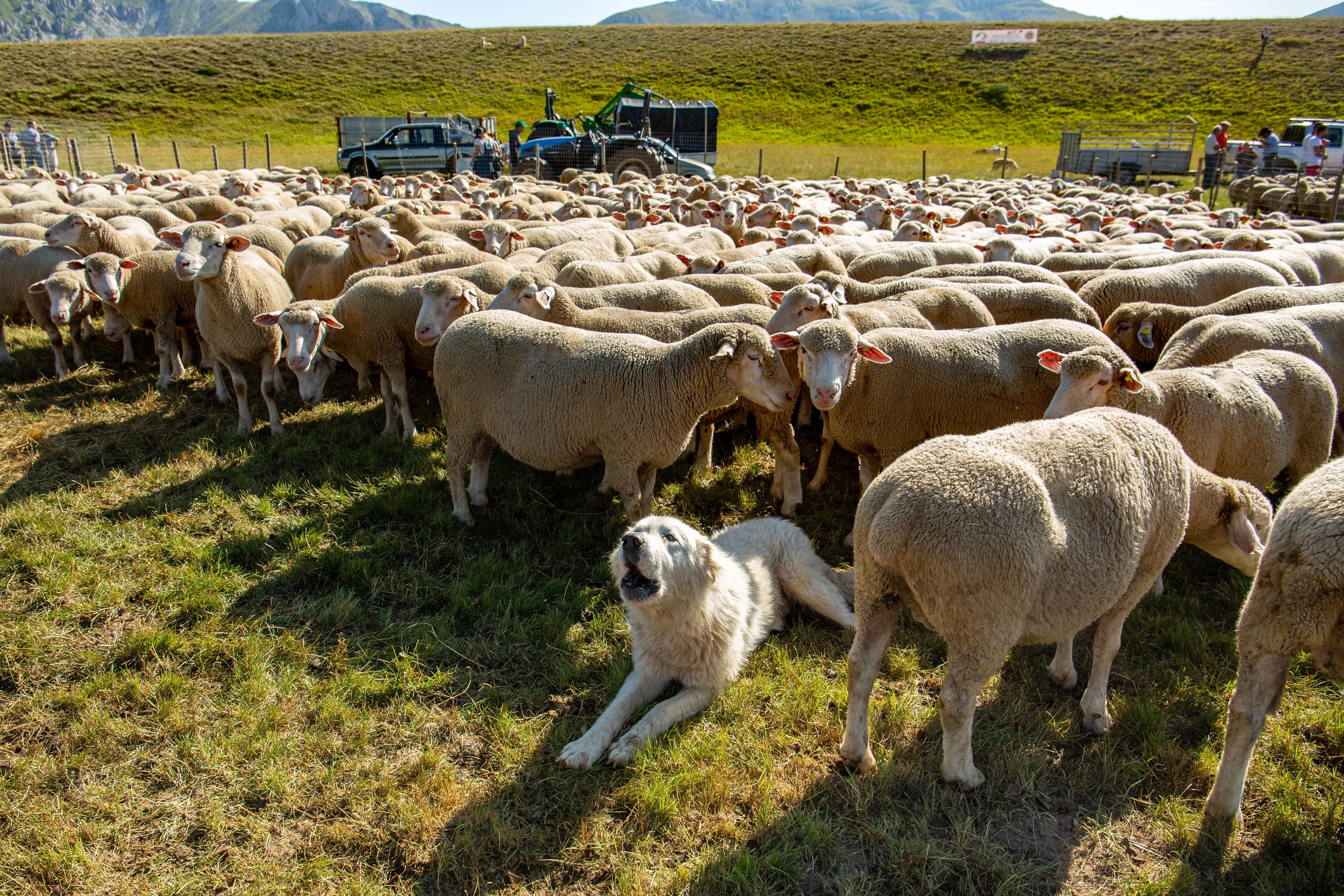
#4 Wildlife corridors and habitat restoration to help human-wildlife conflicts
Creating wildlife corridors that connect fragmented habitats can facilitate safe movement for animals and reduce encounters with humans. By restoring degraded habitats, we can contribute to biodiversity preservation while maintaining essential ecosystem functions. Collaborations between governments, NGOs, and local communities can lead to successful habitat restoration projects that benefit both wildlife and people.
#5 Research and monitoring wildlife in aid for human-wildlife conflicts
Investing in research and monitoring programs can provide valuable insights into wildlife populations and their interactions with humans. Data-driven approaches can inform management strategies, enabling communities to adapt and respond to changing wildlife behaviours and populations. Citizen science initiatives can also engage local residents in monitoring wildlife, fostering a sense of stewardship and responsibility.
#6 Policy and advocacy to prioritize conservation efforts
Advocating for policies that prioritize conservation and sustainable development is essential for long-term coexistence. Governments can implement incentives for wildlife protection, establish protected areas, and create legislation that supports conflict resolution to reduce human-wildlife conflict. Collaborative efforts between NGO’s, policymakers, and local communities can drive meaningful change and promote a culture of coexistence.
FAQ - Human-wildlife conflicts
Where in the world cause human-wildlife conflicts major challenges?
Human-wildlife conflicts pose significant challenges in various regions around the globe, and addressing these issues requires a nuanced understanding of local contexts, effective management strategies, and community involvement to promote coexistence.
Many rural villages are situated close to or even alongside national parks, often without fences or barriers. This proximity increases the likelihood of interactions between humans and wildlife, as animals venture into agricultural lands and settlements in search of food, leading to heightened conflicts.
In addition to terrestrial wildlife, marine life also faces conflicts with human activities. Coastal communities often experience challenges related to fishing practices, where overfishing and habitat degradation threaten fish populations. Interactions with marine mammals, such as dolphins and seals, as well as sea birds can also lead to conflicts, particularly when they damage fishing gear or compete for resources.
Here are some key areas where these conflicts are particularly pronounced:
Africa: Human-wildlife conflicts
- East Africa: Countries like Kenya and Tanzania face significant human-wildlife conflict, primarily due to large herbivores like elephants and hippos raiding crops and damaging property. In Uganda, the proximity of communities to national parks increases interactions with wildlife, particularly chimpanzees that may damage crops, as well as lions that threaten cattle. This often leads to retaliatory actions against these species.
- Southern Africa: In nations such as Namibia and Botswana, conflicts arise between wildlife and agricultural communities, particularly concerning elephants and lions that threaten livestock.
Asia: Human-wildlife conflicts
- India: The country experiences serious conflicts with tigers, and leopards, particularly in rural areas where these animals venture into settlements for food, leading to property damage and loss of life.
- Southeast Asia: Countries like Thailand and Malaysia encounter conflicts with wildlife such as monkeys and wild boars that damage crops, impacting local farmers' livelihoods.
North America: Human-wildlife conflicts
- United States: Conflicts with coyotes, bears, and deer are common, particularly in suburban areas where wildlife ventures into human habitats for food.
- Canada: Similar to the U.S., rural communities may experience conflicts with bears and wolves, especially as urban development encroaches on wildlife habitats.
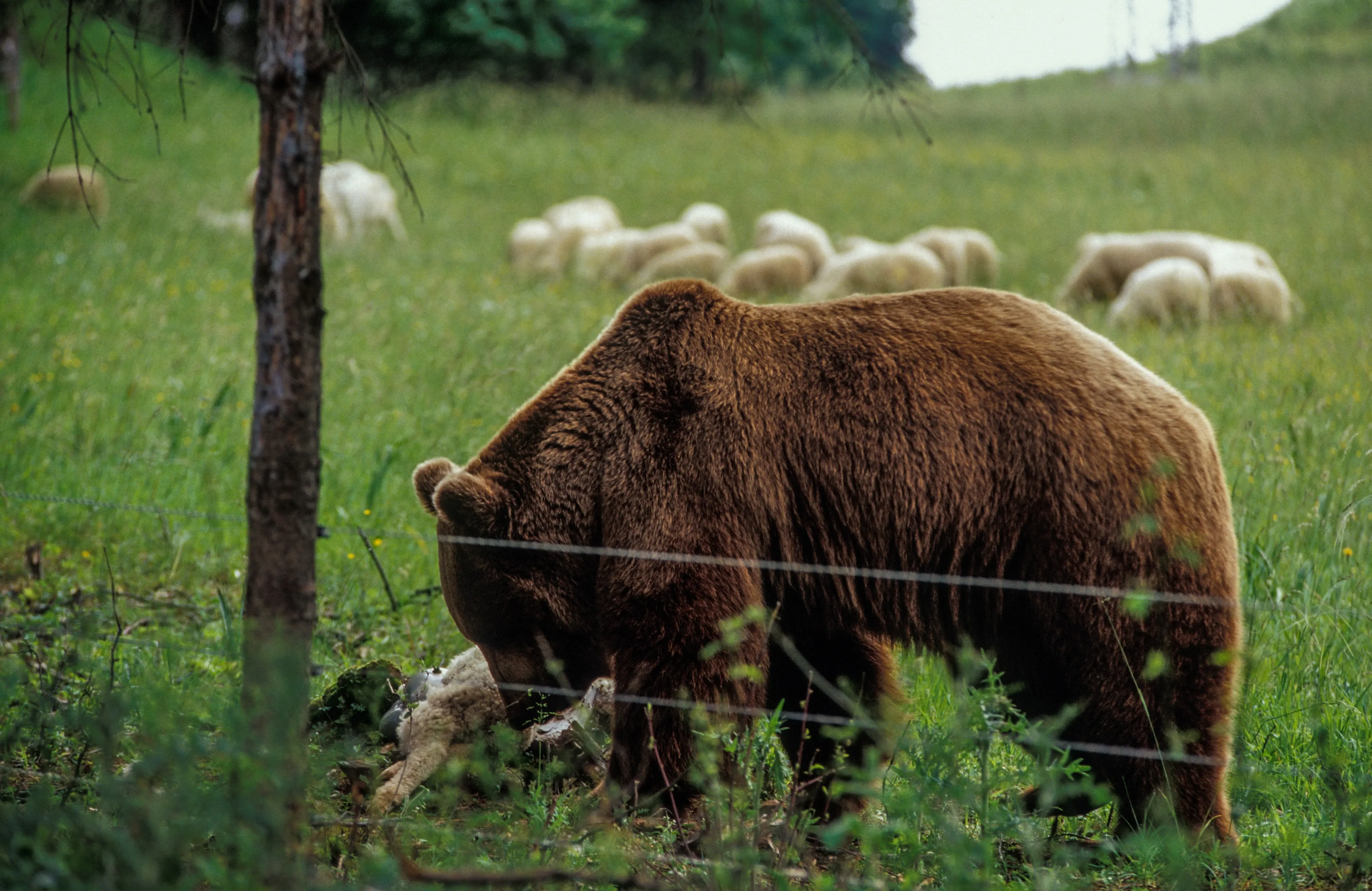
Europe: Human-wildlife conflicts
- Scandinavia: Countries like Sweden and Norway deal with conflicts arising from wolves and moose, impacting livestock and forestry industries. Farmers often resort to lethal measures to protect their animals.
- Central and Eastern Europe: Areas such as Italy, Germany, Switzerland and Slovenia face challenges with bears and wolves, which can pose threats to livestock and create tensions within communities.
South America: Human-wildlife conflicts
- Brazil: The expansion of agriculture into the Amazon rainforest has led to increased conflicts with wildlife, such as jaguars and capybaras, impacting both farming and conservation efforts.
- Argentina: Conflicts arise with species like pumas and guanacos, which can threaten livestock and crops in rural areas.
Oceania: Human-wildlife conflicts
- Australia experiences conflicts with kangaroos and feral animals like pigs and foxes, particularly in agricultural regions. Farmers often view these species as threats to their crops and livestock. Coastal communities may experience conflicts with species like sharks and dolphins, especially when fishing practices lead to bycatch or competition for resources.
What innovative strategies are being implemented globally to address human-wildlife conflict?
In the quest to address human-wildlife conflict, innovative strategies are proving vital. By combining technology, community engagement, and sustainable practices, these approaches not only tackle the challenges posed by wildlife interactions but also foster coexistence between humans and animals.
This synergy not only protects wildlife and human interests but also contributes to the development of healthier ecosystems and thriving communities. Here is a short overview of some of the strategies implemented to address human-wildlife conflict
#1 Smart fencing:
- Electric fences with sensors: These fences provide a mild shock to deter wildlife and send alerts to farmers when animals approach, allowing for immediate action.
- Motion-activated cameras: These monitor wildlife movement, helping farmers predict conflicts and gather data for research.
- Solar-powered fencing: Eco-friendly and suitable for remote areas, these fences promote sustainable practices.
- Flexible barrier systems: Movable fences can adapt to seasonal wildlife patterns.
#2 Community incentives
- Financial rewards: Compensation schemes for losses due to wildlife and bounty programs for non-lethal deterrent measures reduce retaliatory actions.
- Eco-tourism initiatives: Developing eco-tourism provides alternative income sources, fostering a stake in wildlife conservation.
- Wildlife conservation funds: These funds support local projects that promote habitat protection and community development.
- Education and training: Workshops and awareness campaigns empower communities with skills for conflict mitigation and understanding ecological importance.
#3 Other innovative strategies:
- Technology use: Drones and mobile apps can monitor wildlife movements and facilitate communication for rapid response.
- Behavioral conditioning: Non-lethal deterrents condition animals to avoid human areas.
- Community-led conservation: Involving local populations in decision-making enhances the effectiveness of wildlife management.
- Habitat restoration: Creating wildlife corridors and buffer zones helps reduce human-wildlife encounters.

Are there any success stories in human-wildlife conflicts?
Besides all those challenges across the world there are numerous inspiring success stories that demonstrate how innovative strategies, community involvement, and conservation efforts can effectively mitigate these conflicts.
Here are some notable examples from around the world that illustrate successful approaches to managing human-wildlife conflicts.
- #1 The reintroduction of wolves in yellowstone: The probably best known success story in the world is the reintroduction of gray wolves in Yellowstone National Park in the mid-1990s. It helped restore ecological balance by controlling the elk population, which in turn allowed vegetation and other wildlife to thrive. This success story has highlighted the importance of top predators in ecosystems and fostered coexistence efforts in surrounding areas.
- #2 The elephant conservation: In various countries, community-based conservation programs have successfully reduced human-elephant conflicts. Initiatives like the "Elephant Corridors" in India and "Bee Fences" in Kenya and Uganda use natural deterrents to keep elephants away from crops.
- #3 Snow leopard conservation in Central Asia: In Nepal local communities have engaged in snow leopard conservation through compensation schemes for livestock losses. By offering financial support and promoting sustainable livestock management, these initiatives have fostered coexistence and reduced retaliatory killings of these endangered big cats.
- #4 Jaguar conservation in the Amazon: In Brazil, the "Jaguar corridor" project has focused on connecting fragmented habitats to ensure jaguar populations can thrive while coexisting with local farmers. The program emphasizes educating communities about the ecological role of jaguars and providing incentives for wildlife-friendly practices.
- #5 Sea Turtle conservation: In many coastal regions, conservation efforts have successfully increased sea turtle populations by implementing measures to protect nesting sites and reduce bycatch in fishing. Engaging local communities in conservation and tourism initiatives has transformed attitudes toward these species, leading to improved coexistence.
- #6 Community-led conservation in Namibia: Namibia's communal conservancy model has empowered local communities to manage wildlife sustainably. This has resulted in a significant recovery of wildlife populations, including elephants and rhinos, while providing economic benefits through eco-tourism.
How can I engage in Human-wildlife conflict projects and initiatives?
There are numerous ways to actively contribute to addressing human-wildlife conflict. Increasing your knowledge about human-wildlife interactions and raising awareness in your community is also vital.
Here are three opportunities to consider: volunteering for conflict mitigation projects, participating in citizen science initiatives, and integrating mindful practices in your every day life.
#1 Volunteering
Volunteering in human-wildlife conflict projects offers a unique and rewarding opportunity to make a tangible impact on the conservation of both wildlife and local communities. By volunteering, you can directly contribute to conflict resolution efforts, support research initiatives, and engage with communities dedicated to promoting coexistence.
You might work with organizations focused on monitoring wildlife populations, collecting data on human-wildlife interactions, and developing conflict mitigation strategies.
For instance, you could help construct protective walls around water tanks or water holes in Namibia to prevent elephants from accessing these vital resources, thereby reducing conflict with local communities. Additionally, you could assist in setting up bee-hive fences in Uganda, which effectively deter elephants from approaching crops while also providing honey for the community.
You could also have the chance to work alongside dedicated teams in Guatemala and Malawi at wildlife rehabilitation centers, where you could assist in rehabilitating and rewilding animals that have been injured, such as those struck by vehicles. These roles would allow you to contribute to the recovery of wildlife while promoting their safe return to natural habitats.
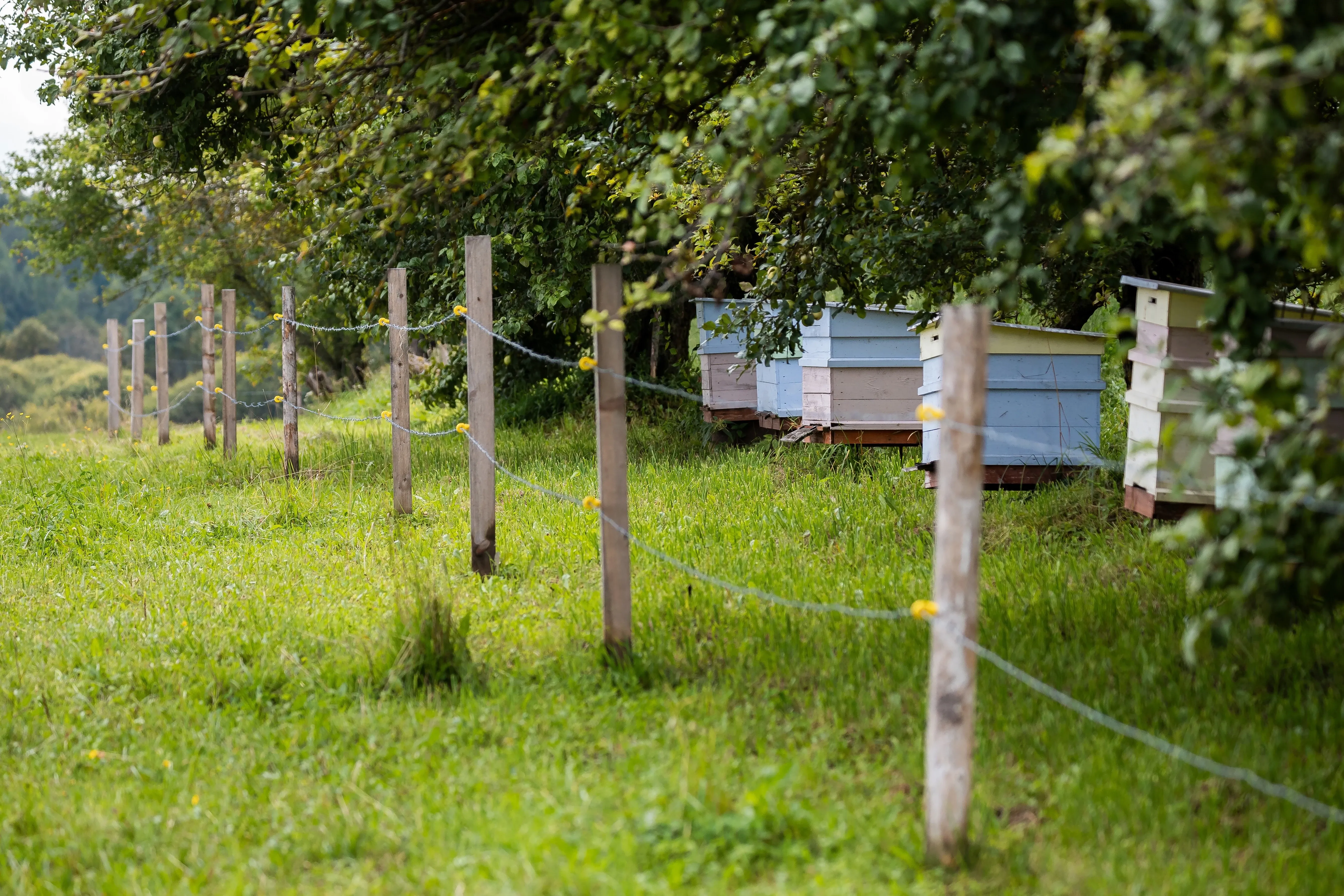
#2 Citizen Science
Engaging in citizen science projects is a valuable way to contribute to essential research and conservation efforts focused on human-wildlife conflict. These projects empower individuals to collect and analyze data that can inform conservation strategies and policy decisions.
As a citizen scientist, you might participate in activities such as documenting wildlife sightings, recording incidents of human-wildlife interactions, and helping to monitor the effectiveness of conflict mitigation measures. Many organizations offer training and resources to guide your involvement, allowing you to contribute to meaningful research while deepening your understanding of the dynamics between humans and wildlife.
#3 Mindful practices
In addition to volunteering and citizen science, adopting mindful practices in your daily life can significantly contribute to reducing human-wildlife conflict. Choosing sustainable products, reducing resource consumption, and promoting biodiversity-friendly landscaping can create a more harmonious relationship between humans and wildlife.
Supporting local farmers who practice wildlife-friendly agriculture can help minimize conflicts related to crop damage. Encouraging the use of natural deterrents, such as planting specific crops that repel wildlife or using barriers to protect gardens, can also be effective. Furthermore, advocating for responsible land-use planning and habitat conservation in your community can play a crucial role in reducing encounters with wildlife.
Four reasons for getting involved in reducing human-wildlife conflicts
These reasons highlight the interconnectedness of human-wildlife relationships and underscore the positive impacts of your involvement in conflict resolution efforts:
- #1 Promote biodiversity conservation: By engaging in efforts to mitigate human-wildlife conflict, you contribute to the preservation of diverse species and ecosystems. Protecting wildlife helps maintain ecological balance, which is essential for healthy environments and sustainable natural resources.
- #2 Support local communities: Involvement in conflict resolution can enhance the livelihoods of local communities. By advocating for non-lethal deterrent measures and compensation programs, you help reduce economic losses and promote coexistence, improving the overall quality of life for those affected by wildlife interactions.
- #3 Enhance ecosystem health: Healthy ecosystems provide critical services, such as clean air, water, and pollination. By addressing human-wildlife conflict, you contribute to the restoration and maintenance of these ecosystems, which benefit both wildlife and humans by ensuring environmental sustainability.
- #4 Foster sustainable practices: Getting involved encourages the adoption of sustainable agricultural and land-use practices. Promoting coexistence strategies helps shift perceptions about wildlife, leading to more informed, responsible behaviours that prioritize both human needs and wildlife conservation.
Sign up for the newsletter
By clicking on “Subscribe now” I will subscribe to the Conscious Explorer newsletter with all the information about mindful travel. Information on the success measurement included in the consent, the use of the shipping service provider MailChimp, logging of the registration and your rights of revocation can be found in our privacy policy.
